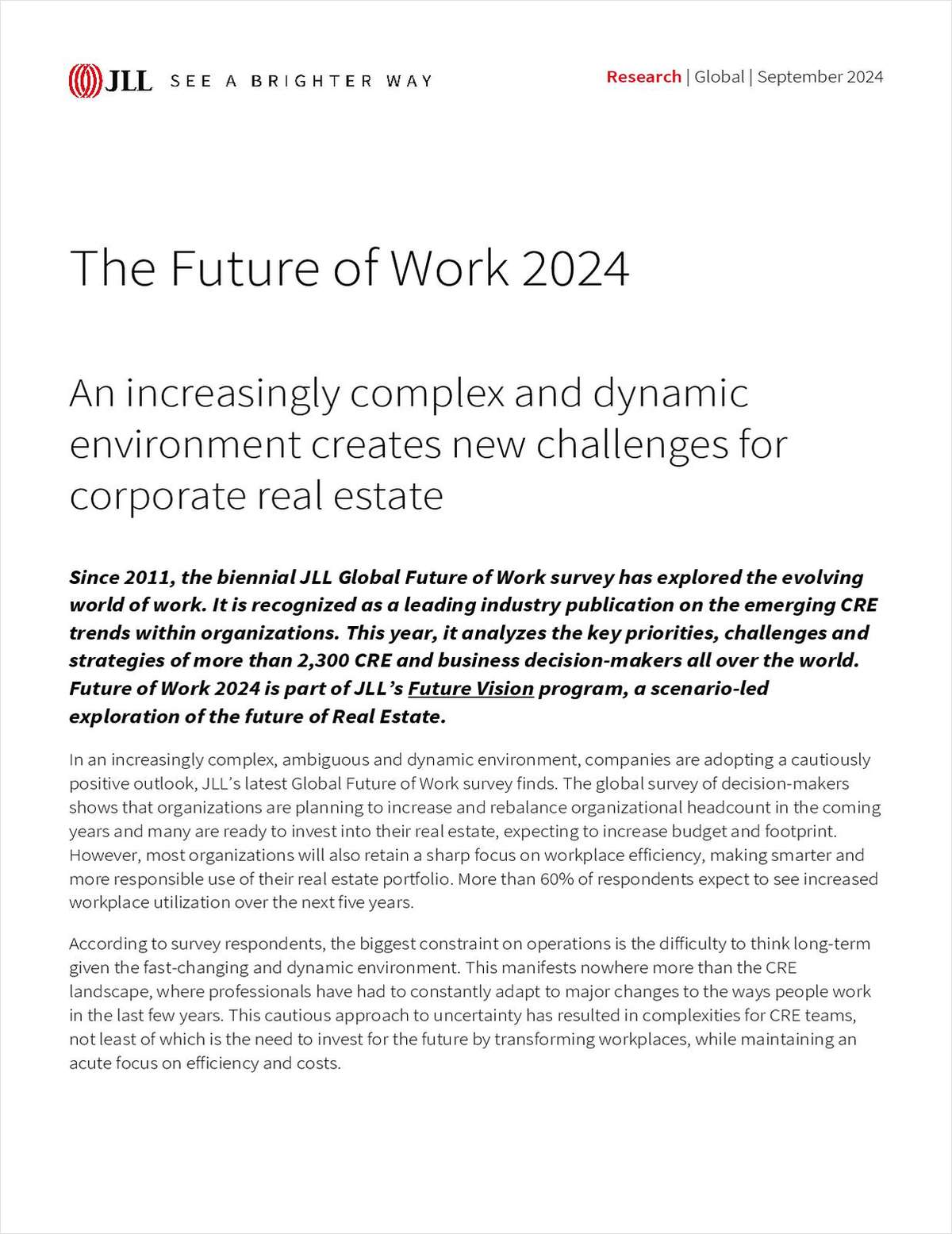Erika Morphy is co-editor of Debt and Equity Journal, from which this article is excerpted.
Los Angeles—In 1999 when professional basketball legend Earvin "Magic" Johnson and Bobby Turner formed Canyon-Johnson Urban Fund to invest in urban areas requiring revitalization, it took them more than two months to raise $300 million for their first fund. In 2005, it took them three months to raise $600 million for the second fund. Now, sources say, they are in the process of raising capital for their third fund. So far, they have raised a reported $1.5 billion.
Investors have clearly grown to like this niche in the commercial real estate markets. "The number of investment advisors with new urban funds has increased in the last six to 12 months," Turner says. However, to succeed in this space, operators require special skills in understanding how the market works, as well as in how they can relay those dynamics to debt and equity providers.
"There was a misconception when we first raised money in 2000 that this was primarily a social agenda," Turner says. "We had to educate institutional capital on the financial returns that can be realized from these investments." Most lenders and investors once assumed that urban investment would be riskier than suburban investment. However, he says, the risks are fundamentally the same, albeit a little different.
The investment case is straightforward, he says, explaining, "Areas with higher per capita income are less densely populated." Essentially, there is four to five times the spending power in, for example, an area like Harlem, NY compared with Greenwich, CT. "I can show that we are not creating a demand but fulfilling a demand that has been historically unmet. With a suburban development, you are speculating that the demand will develop," he says.Other risks associated with typical developments can also be mitigated with a urban project, namely entitlement and zoning. "Cities have a vested interest in revitalization as long as the developer is raising the quality of life besides making money," he adds. Lenders have become more accepting of this business case, Turner and others agree. Now, as the condo market slows, some developers are finding it necessary to adjust the way they leverage their equity.
Paul Nieto is CEO of Avant Housing, a $400-million joint venture partnership between AGI Capital, a San Francisco-based real estate development company, and TMG Partners, a San Francisco mixed-use property developer and the California Public Employees Retirement System (CalPERS) that is developing urban-infill housing in California. "What makes the urban projects more complex is that they are not easily phased in small chucks of home releases--such as condos or apartments--because unlike out in the suburbs if things get slow a builder can release only a certain number units to see if they are bought," he says, adding that these projects require higher yields.
"Most of the lenders are looking for a certain amount of equity in their deals," Nieto says.More recently, since the condo market has slowed, lenders are typically looking for more equity in anticipation of slightly slower growth rates. "No one is looking for price appreciation anymore in the pro formas I have seen. Also some of the sales and marketing costs are getting extended, which typically translates into equity investments of 25% of costs. Two years ago you would see that ratio be 80% of costs and some, with a combination of mezzanine and debt up to 90%."
Victor MacFarlane, founding partner of MacFarlane Partners in San Francisco, says debt financing in many cases has become easier precisely because lenders are beginning to understand the risks. In the case of MacFarlane Partners though, the way it leverages equity has not changed. "Because we are creating value through development, we use a fair amount of leverage--65% to 75%," he says. "I don't believe that will ever change."
Want to continue reading?
Become a Free ALM Digital Reader.
Once you are an ALM Digital Member, you’ll receive:
- Breaking commercial real estate news and analysis, on-site and via our newsletters and custom alerts
- Educational webcasts, white papers, and ebooks from industry thought leaders
- Critical coverage of the property casualty insurance and financial advisory markets on our other ALM sites, PropertyCasualty360 and ThinkAdvisor
Already have an account? Sign In Now
*May exclude premium content© 2024 ALM Global, LLC, All Rights Reserved. Request academic re-use from www.copyright.com. All other uses, submit a request to [email protected]. For more information visit Asset & Logo Licensing.








